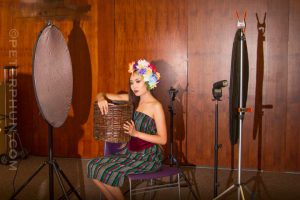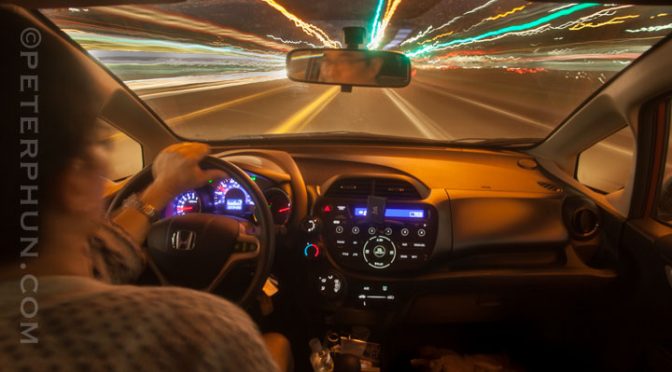Regardless of your skill level, all these are relevant.
So here are my suggestions for improving your photography
-
- Seek out positive mentors. There are so many out there but not all are compatible with your way of thinking
-

Having your camera with you increases the odds you will use it or you will come across something interesting or unexpected. Phones are ok but often they respond too slowly Bring your camera with you everywhere. You’re dropped a fortune on it already, it doesn’t cost you anything to tote it everywhere, use it
- Break down pictures you like, specifically ask yourself what was used to take the picture. You may be surprised with the workarounds that exist that don’t cost an arm and a leg. Read more about how I made this picture of water polo player Nicholas.

Keeping his cool– Despite the frigid water temperature, Nicholas was a good sport. My main light, a Canon 600-EX-RT Speedlite at camera right, was triggered by Yongnuo YN-600-EX transmitter. Canon 40D with 17-35mm lens. ISO 400 1/250 f8
-

Behind-the-scenes setups are critical so that you can learn what works and what doesn’t for repeatable results especially for lighting. 
Here’s what my final image looks like from the setup which I used 1 Speedlite and 2 reflectors Document your shoots with behind-the-scene pictures. Especially important if you’re using a light modifier you’re unfamiliar with. Important to note if shooting a behind-the-scenes videos, don’t forget to show what your final still images look like. For most of us, the process isn’t as insightful without us being able to see the results.
Nunzio Ruggiero Behind the Scenes
A little bit of the Behind the Scenes of this amazing photoshoot for Mónica González Vargas
Posted by Nunzio Ruggiero on Monday, June 5, 2017
- Appreciate & respect those who make a living from photography expect your support financially. At some point, you might become them, a ‘pro’ yourself.
- Don’t expect to master a technique after 1 workshop or 1 class. What you learned in that setting was created by your instructor either because they brought in the props, model or lights.
- Pick out what you point your camera at carefully. Seek out subjects that inspire you to shoot. If you favor portraiture, look for good-looking people. If you love landscapes, go to pretty locations but early in the morning or stay late into the evening. While you might find it expensive to travel to some spots, you may be surprised by what you can find locally. A musician always picks songs that inspire the best in them.
- Stay abreast of developments in the industry. Don’t confuse this with ‘buy new gear’. To continue to grow you have to see what’s new whether it’s a new upgrade of editing software or technology that allows cameras or gear to do something special and new.
- Teach someone with less skill. You will be surprised what teaching someone will do for you. It forces you to re-evaluate your understanding of how a certain technique works. To be success in teaching someone, you must first break it down yourself. That process re-inforces what you think you know and your skill improves
- Learn to shoot on ‘Manual’ exposure mode. If you prefer shooting on automatic exposure modes, you must learn and understand how to over-ride the automatic mode especially if you’re not seeing what you want. It’s like applying a preset filter without understanding what is happening in your editing. It’s about gaining control and being able to get repeatable results. Ultimately you want to cook a meal from scratch not buy a package and throw it in the microwave, unless you’re in famished and have no time.
That’s all the time I have for now. I’ll be adding to this list or appending it. I’m sure you have some suggestions, so let me know under comments, my friends.
Peter Phun Photography

Promote Your Page Too
